green energy
Latest

Researchers can now pull hydrogen directly from seawater, no filtering required
Researchers at the University of Adelaide successfully split hydrogen and oxygen from seawater, offering new hope for cheaper and more accessible renewable energy for coastal regions.
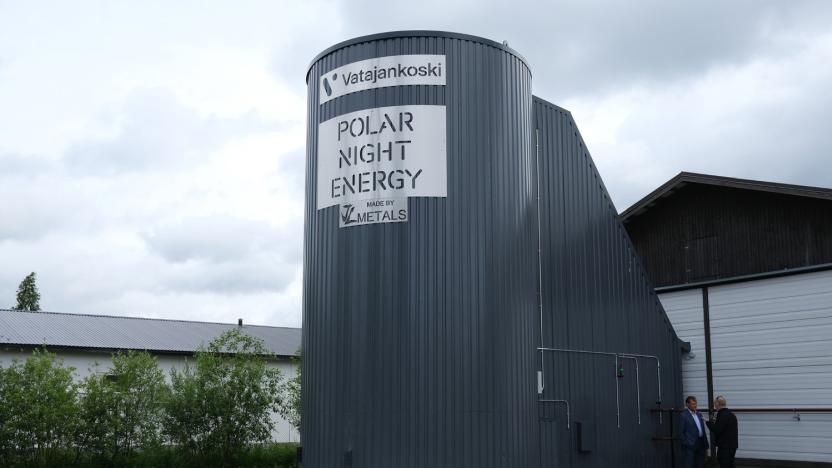
This 'sand' battery stores renewable energy as heat
The heat can then be used to warm water in the winter when energy is more expensive.

Polestar wants its cars to be carbon-neutral by 2030
Volvo’s performance EV subsidiary Polestar is reportedly taking steps to go greener than any electric auto manufacturer before it. As part of the company’s inaugural release of its annual review and sustainability report, Polestar announced on Wednesday that it plans to produce only carbon-neutral vehicles by 2030.
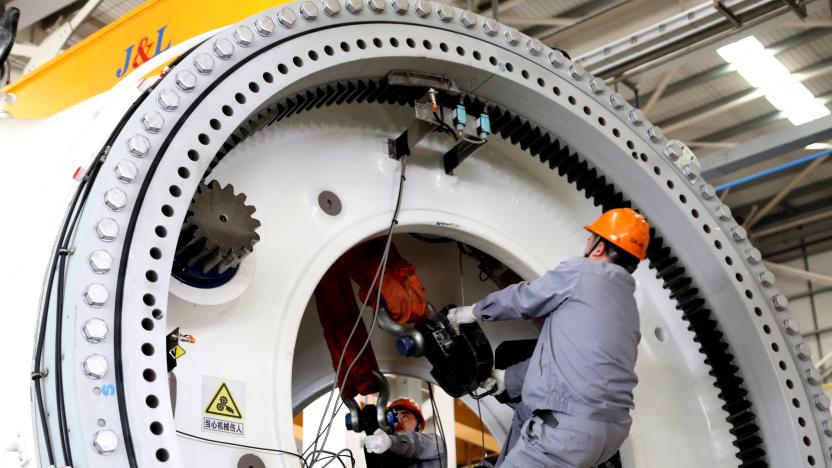
Biden administration targets 30 gigawatts of offshore wind turbines by 2030
The administration's plan lays out a target of building 30,000 megawatts of offshore wind projects nationwide by 2030.
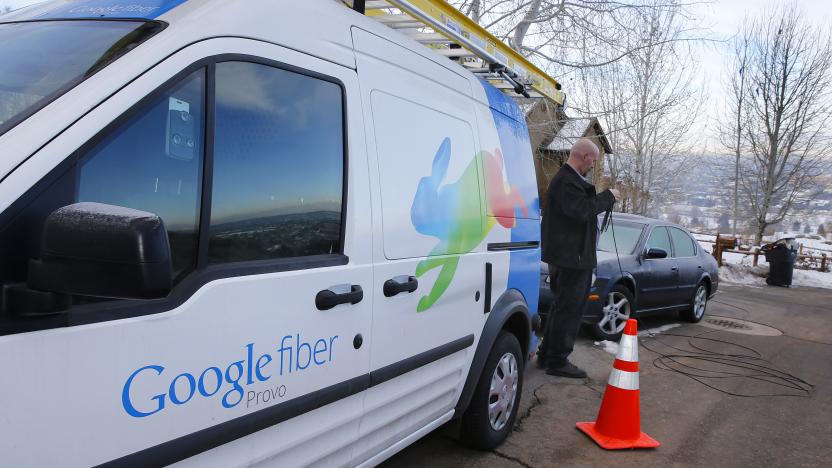
After Math: Google gets faster and TikTok gets longer
Thanksgiving is now behind us and those folks who travelled to see family during the holiday haven’t gotten their positive COVID tests back yet, so everything still seems rosy. Economies of scale are a beautiful thing. As Google’s fiber optic internet service continues to grow, the per month cost to users continues to shrink.
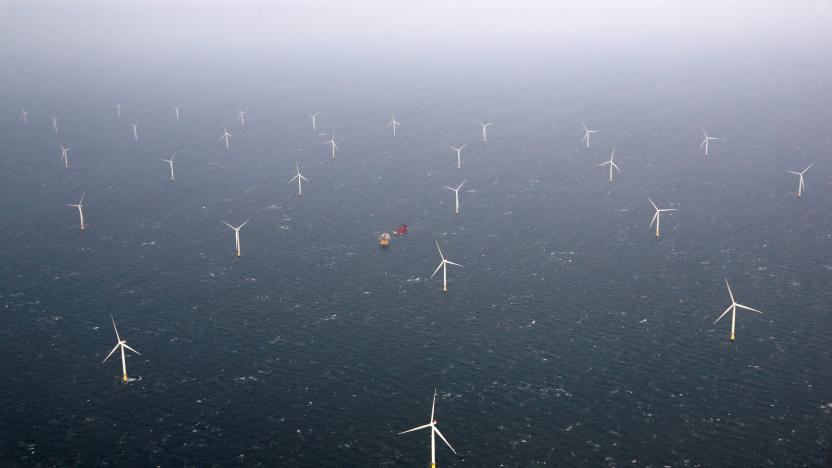
The UK wants to power all homes with offshore wind by 2030
The UK government has promised once again to make a massive investment in offshore wind energy. Speaking at the Conservative party conference, UK Prime Minister Boris Johnson said the renewable would power every home in England, Scotland, Wales and Northern Ireland by 2030. To meet that goal, the UK will need to generate at least 40GW of energy from offshore wind.

Sony vows to use 100 percent renewable electricity by 2040
Sony is the latest tech giant pledging to power its worldwide operations with 100 percent renewable energy. All of its 111 global business sites -- which produce everything from games consoles and semiconductors to Hollywood blockbusters -- will go green by 2040, says the company. Of course, that deadline is decades away, so in the interim it plans to reach at least 30 percent by 2030.
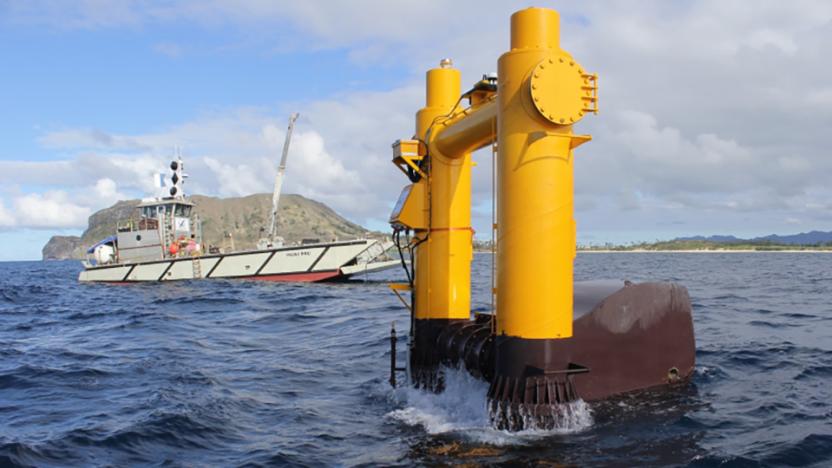
Wave generator supplies US electrical grid for the first time
A prototype wave generator called Azura is supplying grid power to Hawaii, the first time such a feat has been officially verified, according to the US Department of Energy (DoE). Though it can only produce 20 kilowatts, the DoE said that similar devices could eventually provide large amounts of clean power to coastal cities. The project is co-sponsored by the US Navy and was developed by an Oregon-based company called Northwest Energy Innovations (NWEI). It's located at the Navy's Wave Energy Test Site in Kaneohe Bay in Oahu, at a depth of about 30 meters (100 feet).

Underwater Aussie wave farms pump both power and water
It isn't the motion of the ocean that matters so much as what you do with the waves. At one Australian naval base, those waves are being put to use providing steady streams of both electricity and potable water, all while generating zero emissions. It's all thanks to an innovative green energy production system -- the first in the world to provide both power and water with networked generators -- from Carnegie Wave Energy Limited.

Renewables are now Scotland's biggest energy source
If we're to protect our planet for future generations, it's paramount that governments invest in renewable sources of energy. Scotland appears to have turned that corner, after government figures revealed it's now generating more power from "clean" technologies than nuclear, coal and gas. The combination of wind, solar and hydroelectric, along with less-publicised sources such as landfill gas and biomass, produced 10.3 terawatt hours (TWh) in the first half of 2014. Over the same period, Scotland generated 7.8TWh from nuclear, 5.6TWh from coal and 1.4TWh from gas, according to figures supplied by National Grid. Renewable sources tend to fluctuate throughout the year, especially in Scotland where the weather is notoriously volatile, but in six-month chunks the country has consistently increased its renewable output. It's not the only one pushing a green agenda either; Germany's reliance on renewables is increasing and the output from the rest of the UK, especially England, is on the rise. We're a long way from dropping fossil fuels completely, but these are important steps on the road to tackling climate change.

Daily Update for November 18, 2013
It's the TUAW Daily Update, your source for Apple news in a convenient audio format. You'll get all the top Apple stories of the day in three to five minutes for a quick review of what's happening in the Apple world. You can listen to today's Apple stories by clicking the inline player (requires Flash) or the non-Flash link below. To subscribe to the podcast for daily listening through iTunes, click here. No Flash? Click here to listen. Subscribe via RSS

America's most sustainable city: A green dream deferred
It sounds like the future. Whirring electric skateboards, the joyous chatter of children in a distant playground and an unusual absence of petrol-powered machinery. It looks like the future, too. Glistening lakes dotting the background, lawns so lush they're mistaken for artwork and an unmistakable reflection from a vast solar farm that doubles as a beacon of unending hope. The reality, however, is starkly different. The depictions here are mere conceptualizations, and the chore of concocting the most Jetsonized habitat this side of Orbit City is daunting in every sense of the word. %Gallery-192890%

Apple plans to double capacity of NC fuel cells
The first phase of Apple's fuel cell project at the Maiden, NC data center began testing in October of 2012, and the company is already looking at doubling the capacity of the plant. The plant is fueled by filtered landfill gas (AKA "directed biogas"), a fuel that is considered a renewable energy resource by North Carolina's green energy regulations. Apple filed paperwork in November with the North Carolina Utilities Commission to bring the plant from 4.8 megawatts of power to a total of 10 megawatts. Any excess energy generated by the fuel cells and the huge (covering 250 acres eventually) solar farm on the site will be sold to Duke Energy. Apple is planning on using similar green power initiatives at all three of its newest data centers.

IBM announces Smarter Energy Research Institute, aims to improve energy grids (video)
IBM is no stranger to energy concerns, and now its founded the Smarter Energy Research Institute in partnership with Canada's Hydro-Québec, the Netherlands' Alliander, and the US' DTE Energy to help build a better grid. The partnership will leverage Big Blue's computing and analytic oomph to help the utility companies predict and detect anomalies within infrastructure, identify areas of the grid that need to be developed, integrate new energy sources and increase efficiency among other improvements. What's this mean for you? For one, power outages should be less frequent and shorter lived when they do occur. Thanks to the distributed nature of the project, research will be spread throughout IBM's worldwide network of research labs. If you'd like to hear more details straight from the folks involved, hit the jump for a video and the full press release.

Inhabitat's Week in Green: solar panel printer, gold producing bacteria and a life-size of horse made of computer keys
Each week our friends at Inhabitat recap the week's most interesting green developments and clean tech news for us -- it's the Week in Green. Inhabitat is always interested in finding innovative uses for old technology, and this week we saw artists and designers from around the world produce new things from old, unused or outmoded gadgets. In Osaka, a local goldfish club has been transforming old phone booths into gigantic public fish tanks. In another large-scale art installation, Babis Panagiotidis used 18,000 recycled computer keys to make a life-size rocking horse. London artist Leonardo Ulian also makes beautiful, ornate mandalas from bits and pieces of old circuitry. And Benjamin Yates makes his unique coffee tables from recycled circuit boards, old VCRs and computer components.

Fraunhofer black silicon could catch more energy from infrared light, go green with sulfur
Generating solar power from the infrared spectrum, or even nearby frequencies, has proven difficult in spite of a quarter of the Sun's energy passing through those wavelengths. The Fraunhofer Institute for Telecommunications may have jumped that hurdle to efficiency through sulfur -- one of the very materials that solar energy often helps eliminate. By irradiating ordinary silicon through femtosecond-level laser pulses within a sulfuric atmosphere, the technique melds sulfur with silicon and makes it easier for infrared light electrons to build into the frenzy needed for conducting electricity. The black-tinted silicon that results from the process is still in the early stages and needs improvements to automation and refinement to become a real product, but there's every intention of making that happen: Fraunhofer plans a spinoff to market finished laser systems for solar cell builders who want their own black silicon. If all goes well, the darker shade of solar panels could lead to a brighter future for clean energy.

Google data center in Oklahoma to get 48MW of wind power, boost renewable energy in the Sooner state
Google has made a point of relying on renewable resources for its data centers whenever possible, even down to the cooling. It hasn't had quite as unique an arrangement as what it's planning for its data center in Oklahoma, though. The search firm wants to supply its Mayes County location with 48MW of wind energy from Apex's Canadian Hills Wind Project, but it isn't buying power directly from the source. Instead, it's making a deal with the Grand River Dam Authority, a utility, to purchase the clean power on top of what's already supplied from the GRDA at present. The deal should keep the data center on the environmentally friendly side while giving it room to grow. Wind power will come online at Google's facility once the Canadian Hills effort is up and running later in 2012; hopefully, that gives us enough time to better understand why there's a Canadian River and Canadian Hills to be found in the southern United States.

Inhabitat's Week in Green: GPS shoes, shape-shifting bicycle and a wheelchair helicopter
Each week our friends at Inhabitat recap the week's most interesting green developments and clean tech news for us -- it's the Week in Green. Apple dominated the news cycle this week with the debut of the iPhone 5, as the internet was buzzing with details about the lighter, thinner and faster new iPhone. But not everyone was thrilled with the news. A journalist in China spent 10 days undercover working at a Foxconn factory, detailing the grueling conditions workers undergo to produce the new gadget. Apple wasn't the only tech company in the news this week, though; Google got some time in the spotlight this week too, as the company's new augmented-reality glasses were trotted down the runway at New York Fashion Week. Continuing the trend of high-tech fashion, British designer Dominic Wilcox unveiled a GPS shoe that guides you home from anywhere in the world. This week, a team of Finnish researchers did what we would have thought was impossible, building an electricity-free computer that's powered by water droplets. Israeli designer Nitsan Debbi cooked up a batch of working electronic products made of bread. A Boise-based tech company used 3D printing technology to produce a new working beak for an injured bald eagle. Artist Luzinterruptus fitted 10,000 books that had been discarded by public libraries with LED lights and covered the streets of Melbourne with them, and in an exciting development the much-anticipated Low Line underground park in NYC debuted a full-scale model of their incredible fiber-optic solar-concentrating technology in New York City's lower east side. And in a surprising development, a researcher in Switzerland discovered a special strain of fungus that can make an ordinary violin sing like a Stradivarius.

Researchers create super-efficient microbial fuel cell, dream of selling excess electricity
Recycling wastewater to generate energy has turned up noses before, but researchers at Oregon State University have developed a microbial fuel cell that can create 10 to 50, or even 100 times more electricity per volume than similar technologies. After refining the tech for several years using new materials, techniques and selecting better microbes, the team can now extract two kilowatts per cubic meter of refuse. As bacteria oxidizes organic matter, electrons -- rather than the hydrogen or methane that other methods rely upon -- are produced and run from an anode to a cathode within the device to create an electric current. Once implementation costs are cut down, the technology could power waste treatment plants and enable them to sell excess electricity. The contraption isn't just for processing what comes out of the porcelain throne -- it can also utilize materials ranging from grass straw to beer brewing byproducts. For now, however, the cell will tackle a pilot study before it inches closer to your local brewery or water treatment facility.

Facebook releases its 2011 energy usage report, details your carbon footprint
More Facebook news, but this time we're back to the numbers instead of reporting on a new feature, improvement or integration. As part of its mission to swap the familiar blue for something of a greener tinge, Facebook released today its carbon footprint and overall energy usage figures for 2011. Turning bio-babble into easy visualizations, the company points out that for the whole year, an active user occupied roughly the same carbon footprint as one medium latte. Or, if you're a fan of the tipple, a couple of glasses of wine. Impressively, 23 percent of the social giant's energy usage came from clean and renewable sources, which puts it well on the way to its 2015 target of 25 percent or more. If you'd like more info and a complete breakdown of the stats, the full report is available at the source link below.











